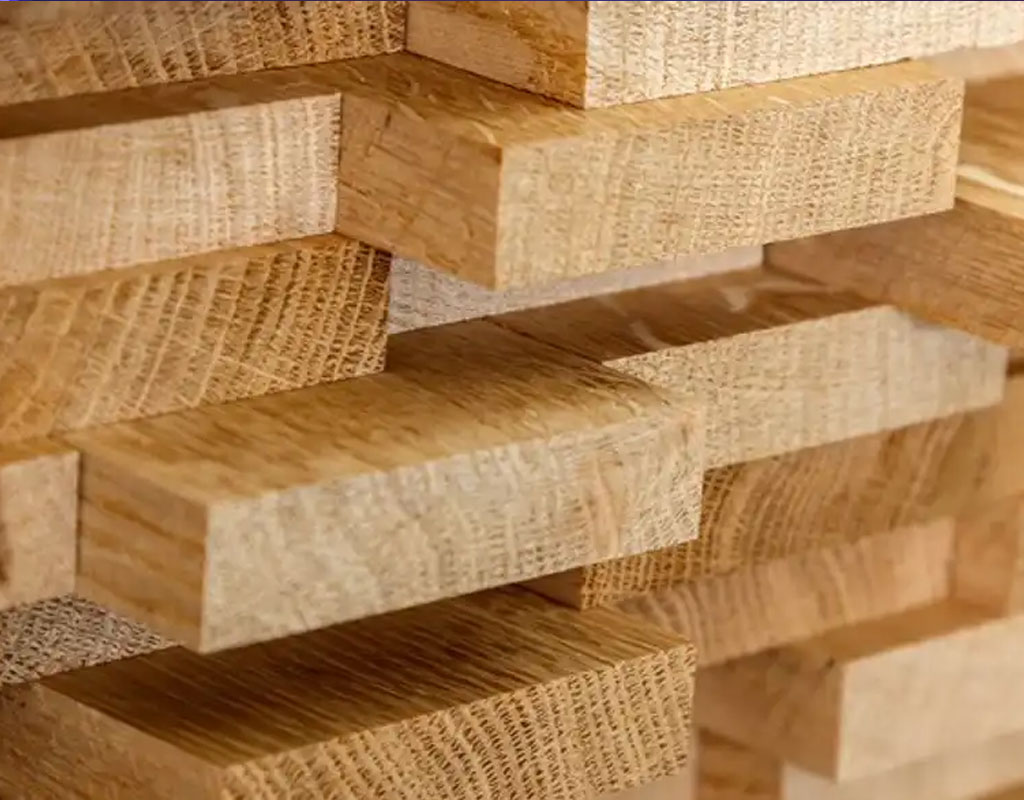How to Care for Your Timber Garden Product
Published: 18th Jun 2025

So you’ve recently bought a timber garden product for your garden. It looks great and inviting now, but how do you keep it looking good for years to come?
4 easy tips for timber garden product care
The first thing to bear in mind is that timber, of course, is a natural material. Each piece has its own unique characteristics. You can actually ‘read’ the history of a piece of wood by understanding its wood grain. And as long as it is sourced from responsibility managed forests, it is very environmentally friendly too. These features often make it a great alternative to the metal and plastic varieties.
All of our products are sourced from responsibly managed forests and approved Forest Stewardship Council (FSC). To find out more about how we care for the environment.
It’s also important to note that the majority of timber garden products are pressure treated and hold a guarantee against rot. Although this protection adds extra years to the product, we still recommend you follow our aftercare tips.
1. Painting and further treatment
Firstly, we recommend you wait six months before you paint any pressure treated wood, as this allows the wood to dry from within its core.
However, there may be times when you wish to paint your product to suit your garden design. A range of treatments and paints designed for timber can be found at your local garden centre or searched for online. Share your projects with us on our social channels Twitter and Facebook.
2. Wipe down surfaces after use
Cleaning your garden products every so often is beneficial to keep it looking its best. For a cheap and effective solution, use warm water and soap with a scrubbing brush to remove any dirt. Additionally, you can buy specific cleaning products for outdoor wooden items.
If you use your products for dining, chances are you may have watermarks from hot and cold dishes. Don’t panic. Use a small amount of white gel toothpaste on the surface and apply little pressure to remove any unwanted rings or spots.
Try and limit the number of times you do this as it can remove any treatment from the wood.
3. Splits and cracks are natural features
During the summer months, you may notice splits and cracks naturally appearing in your wood. Timber adapts to its surroundings so will expand and contract depending on the temperature. Little splits and cracks are not a cause for concern.
4. Winter storage
We are all guilty of not storing away our furniture and garden items in winter, but tidying away could help them last much longer. A well-ventilated shed or garage is best as it ensures the product does not get damp. If you do not have the luxury of extra space, most retailers provide additional covers for outdoor storage. Always ensure you purchase a breathable cover with vents to prevent mildew and mould.
For further information on timber’s natural features, visit our timber care page.